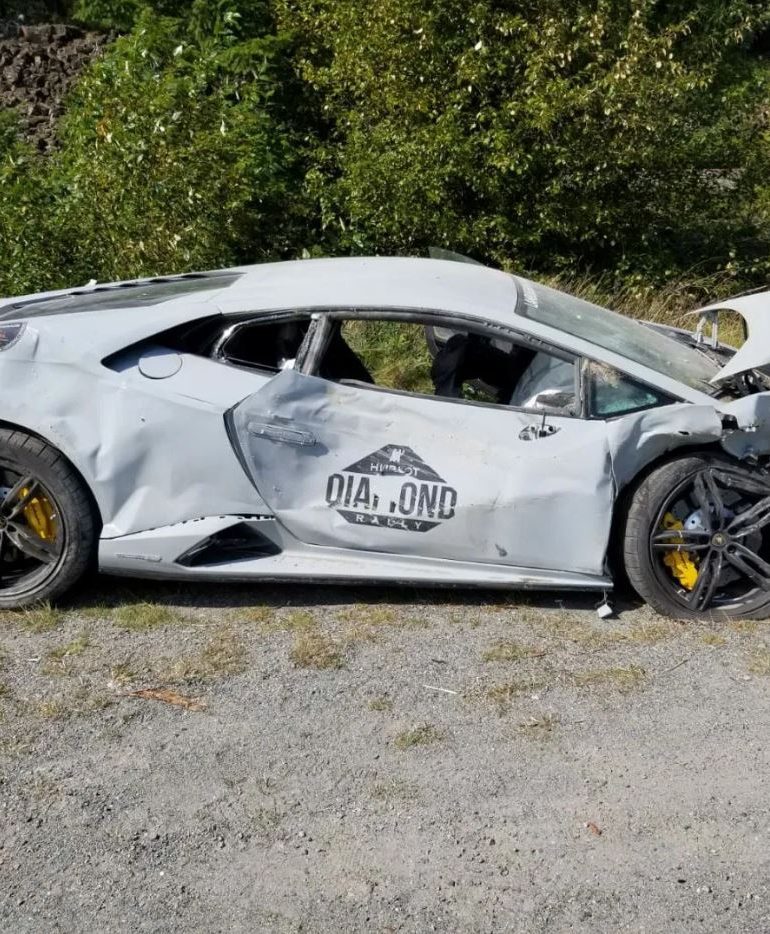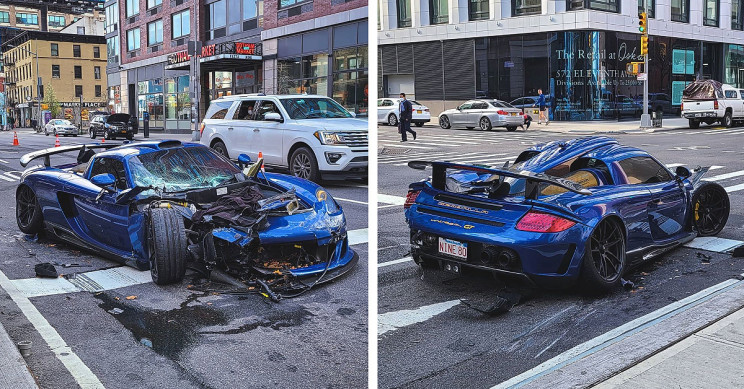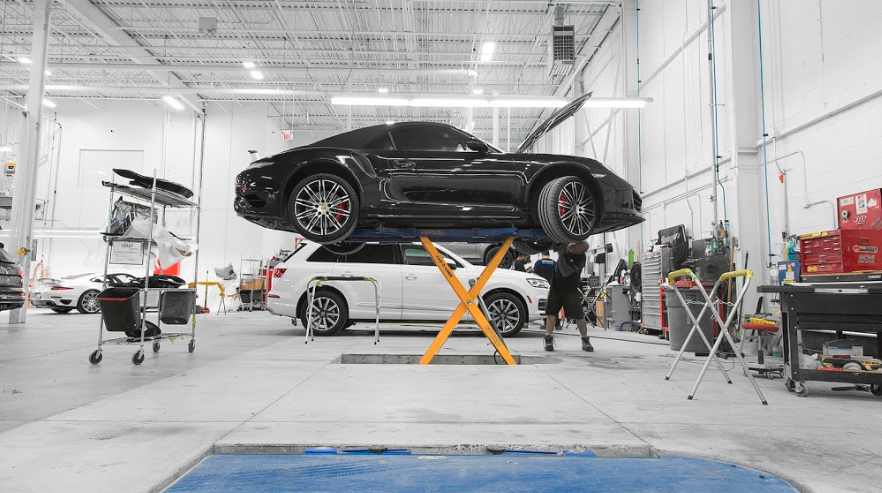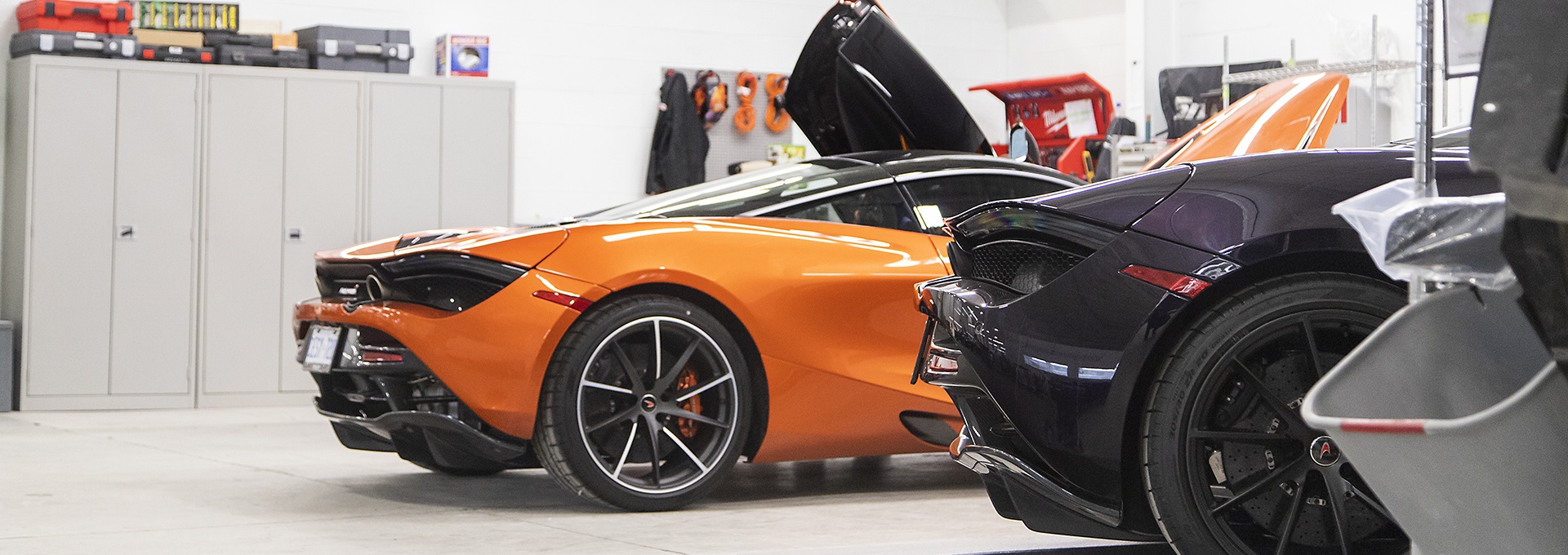According to the NHTSA, there were over 33 thousand fatal auto accidents in 2018. But excluding the fatal accidents, there are still a few million accidents that take place in the US each year. If you haven’t been in an accident before, the chances of you knowing someone who was, are very high.
You’ve all heard the saying, “prepare for the worst and hope for the best” – If you’ve never been in an accident, you may not be as prepared as you think. Today we cover what NOT to do and what you should do if you’re involved in an auto accident.
We will cover all of the basics in addition to the things most people don’t know if you happen to land in an auto accident.
Don’t Leave the Scene of the Accident
Photo credit: Instagram / ronniecnyc
We asked the David Aylor auto accident law office in Charleston, SC, for their opinion, and no matter who is at fault, it is never okay to leave the scene of an accident. It doesn’t matter how minor the accident is or if you are late for work, leaving the scene of an accident is illegal.
Ensure you and your passengers are safe and engage the hazard lights on your vehicle. If safe to do so, move your vehicle to the side of the road, and away from traffic.
Whatever you do, do NOT be like this guy. The driver of this rare Gemballa Mirage GT is basically the poster boy of what not to do in the case of an accident.
Don’t Accept Money from Anyone Involved in the Accident
It’s common for people to offer you money at an accident scene to try and hush the situation. This may seem like the easiest and quickest way to have the situation handled it but it comes with its downfalls. Repairs to your vehicle should be put through insurance because, in a lot of cases, you can’t always see everything that is damaged on your vehicle at the scene of the accident.
If you’re not at fault, you don’t have to worry about deductibles or a mark on your driving record.
After you’ve made sure everyone is safe and you’ve called 911, take pictures of the accident scene and exchange information with the drivers involved.
Ensure to collect the following information:
- Names
- Addresses
- Phone numbers
- License information
- Insurance company name & policy number
It’s also a good idea to canvas the scene for witnesses if the police haven’t done so. This can mean people who were walking by or other motorists with dashcam footage. Luckily, dashcams have become affordable and are used by a ton of car owners.
Don’t Sign Anything!
Do not sign anything other than a police report at the scene of an accident. If you happen to make a side deal with another and sign something, it can come back to haunt you if the incident is taken to court.
After the police have made a report and deemed a driver “at fault”, you can then contact your insurance company right away. The sooner you start the process, the sooner it will be dealt with.
Don’t Have Your Vehicle Repaired Without Getting the ‘OK’
Resist the natural impulse to immediately drive to an auto body repair shop and have your car repaired – It’s understandable that no one wants to drive around in a beat-up-looking supercar. Doing this can risk your insurance company from denying the repair cost as it may not be an approved repair location.
Contact your insurance company for a list of recommended repair locations. If you have a specific repair shop in mind, it’s best to run that by your insurance company before taking your car there. Once your insurance company has authorized a location, the work performed can be guaranteed and paid for.
Photo credit: Pfaff Autoworks
For supercar owners, it is important to research repair shops for quality of work and reviews of work done. But in addition to customer testimonials, a repair facility that is Manufacturer Certified gives the reassurance the vehicle will be repaired using quality parts or body panels.
Pictured below is a snapshot of Pfaff Autoworks. They happen to be located in Canada and are a perfect example of a repair facility that is Manufacturer Certified.
Do’s and Don’ts
Do:
- Stay calm, keep yourself and others safe. If you can’t get out of your car, turn on your hazard lights. If anyone is injured, call 911.
- Look at the accident scene and make sure that you are not in danger of being hit by another vehicle.
- Exchange information with the other drivers involved. Get their names, addresses, phone numbers, licence information, insurance company name and policy number.
- Obtain the contact information of any witnesses who are at the scene.
- Take photographs of the accident, including the damage to the car and road conditions.
- Call your insurance company right away.
Don’t:
- Move anyone who is injured – wait for medical help to arrive.
- Leave the scene of the accident.
- Accept a direct offer of payment of damage from the other driver. Settling for direct payment may not be as advantageous as it seems. If you’re not at fault, the accident won’t affect your driving record nor will you have to pay a deductible.
- Sign any documents other than the police report.
- Get your vehicle repaired without clearing it with your insurance company; they may refer you to a repair facility where the work is guaranteed.







